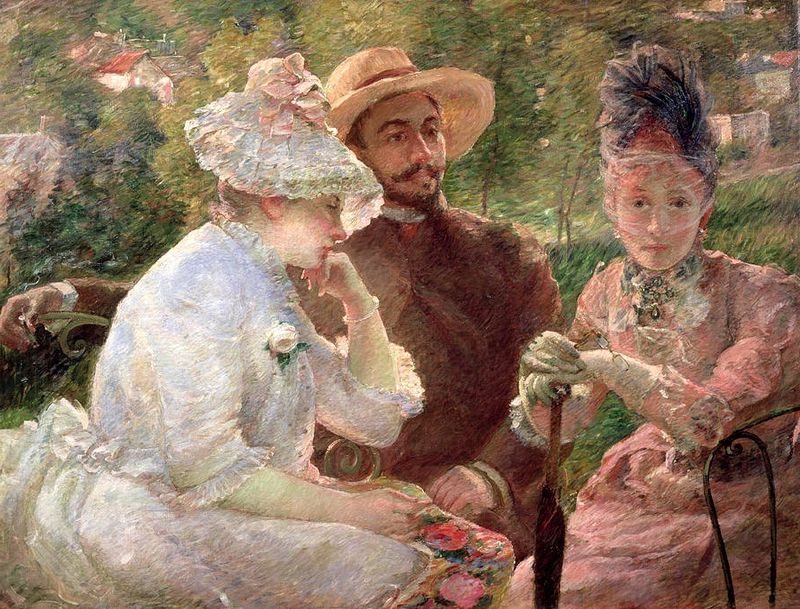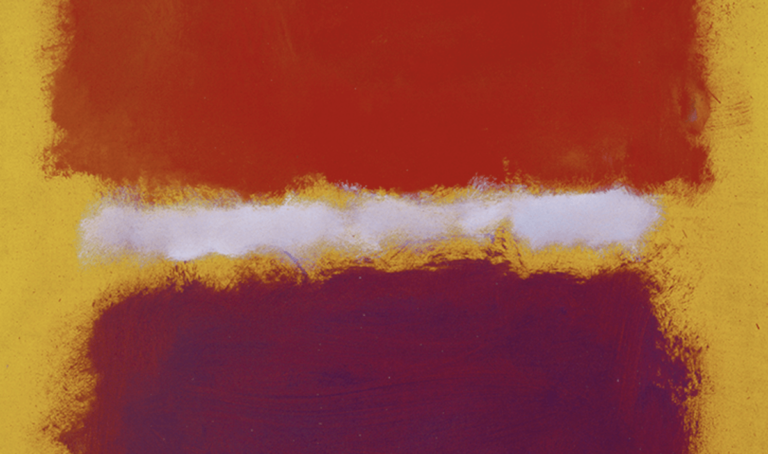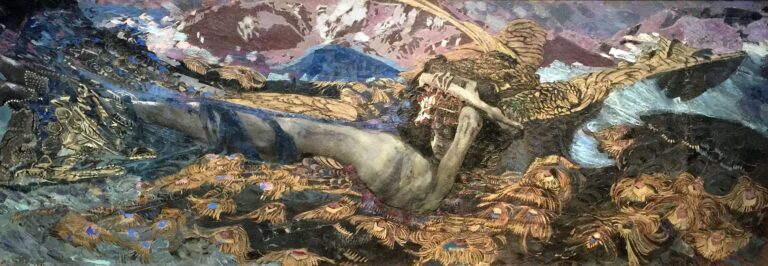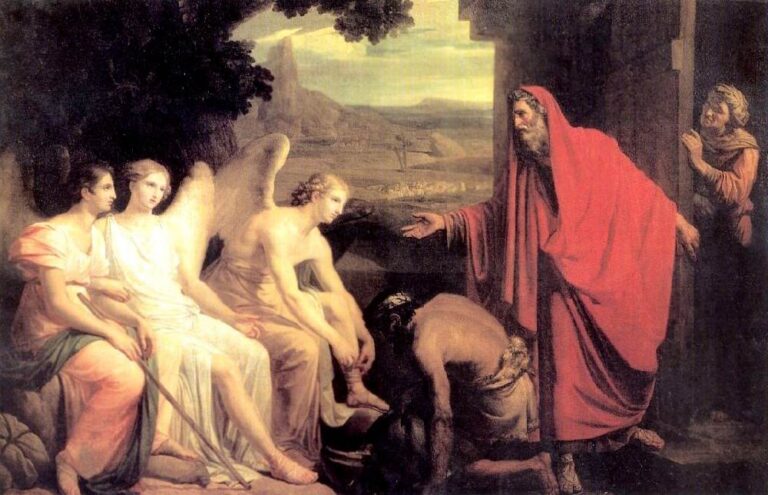Marie Bracquemond Painter: Overlooked Impressionist Master Rediscovered
Born: 1 December 1840, Argentan, France
Death: 17 January 1916, Sèvres, France
Art Movement: Impressionism
Nationality: French
Teacher: M. Auguste Vassor and Jean-Auguste-Dominique Ingres
Institution: Ingres’ Private Parisian Studio
Marie Bracquemond Painter: Overlooked Impressionist Master Rediscovered
Early Life and Artistic Beginnings
Marie Bracquemond showed great artistic talent from a young age. She faced challenges as a woman pursuing art in 19th century France. But she persevered to become an important Impressionist painter.
Influences and Education
Marie Quivoron was born in 1840 in Brittany, France. As a child, she taught herself to draw. At age 16, she moved to Paris to study art.

Under the Lamp (1887) by Marie Bracquemond
There, she trained under painter Ingres for a short time. Ingres saw Marie’s talent but felt women shouldn’t be painters. This didn’t stop her. Marie kept studying on her own. She copied paintings at the Louvre museum to improve her skills.
In 1857, Marie’s first painting was shown at the Paris Salon. This was a big achievement for a 17-year-old artist. Her early style was classical, with smooth brushwork and muted colors.
Marriage to Félix Bracquemond
In 1869, Marie married Félix Bracquemond. He was an engraver and designer. Their marriage was arranged, which was common at the time.
Félix introduced Marie to other artists. This helped her career at first. She worked in his studio and learned new techniques.
But Félix didn’t like Marie’s growing interest in Impressionism. He thought women shouldn’t be serious painters. This caused problems in their marriage.
Despite this, Marie kept painting. She developed her own Impressionist style with bright colors and loose brushstrokes.
Artistic Career and Contribution to Impressionism
Marie Bracquemond made significant contributions to Impressionism through her unique style, collaborations, and artistic techniques. Her work challenged gender norms and expanded the movement’s scope.

Study from Nature (1880) by Marie Bracquemond
Collaborations and Exhibitions
Bracquemond’s career took off when she married Félix Bracquemond in 1869. This union connected her to the Parisian art world. She began exhibiting at the Salon in the 1860s. Her work caught the eye of Edgar Degas, who invited her to show at the Impressionist exhibitions.
Bracquemond took part in three Impressionist exhibitions in 1879, 1880, and 1886. These shows put her work alongside that of Claude Monet, Berthe Morisot, and Mary Cassatt. Her paintings gained praise from critics like Philippe Burty.
She also worked on porcelain designs at the Haviland studio in Paris. This job let her experiment with color and form in a new medium.
Techniques and Themes
Bracquemond embraced Impressionist techniques in her work. She painted outdoors, or “en plein air,” to capture natural light and color. Her brushwork became looser and more expressive over time.
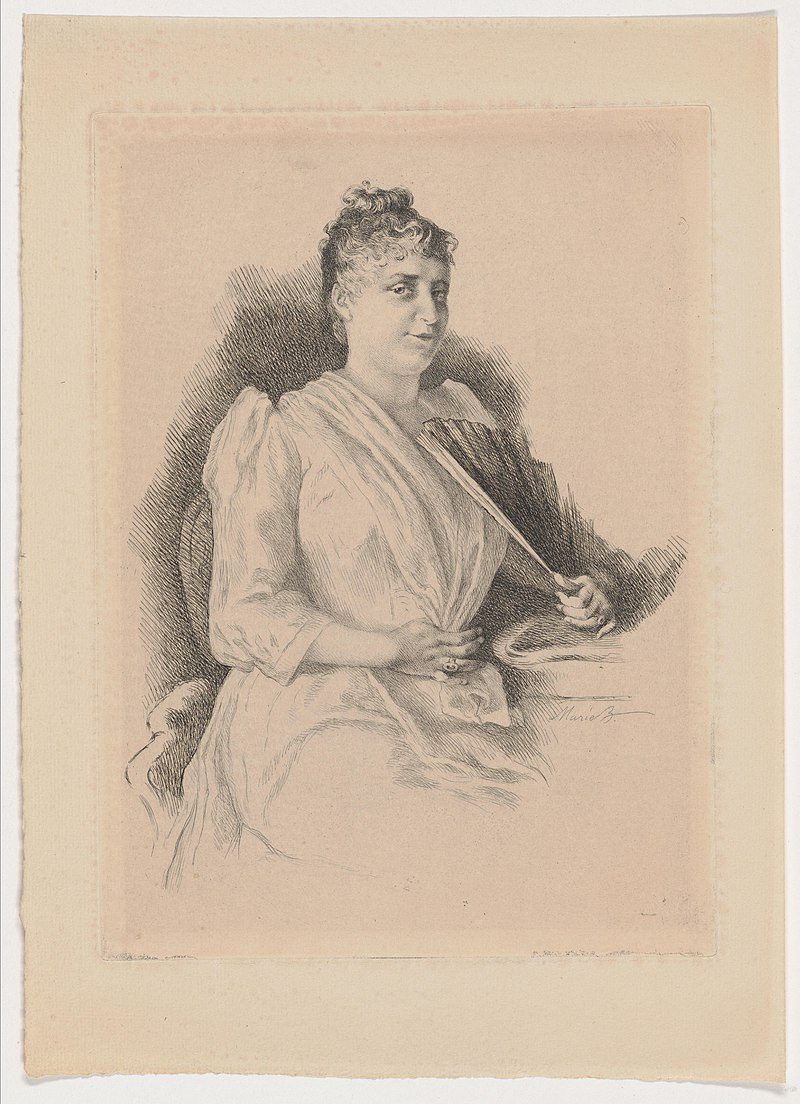

Her paintings often showed domestic scenes and portraits. She liked to paint women in gardens or outdoor settings. These works mixed Impressionist style with traditional subject matter.
Bracquemond’s use of color was bold and vibrant. She used bright hues to create light and shadow effects. Her later works show a strong influence from Japanese prints, with flattened forms and decorative patterns.
Comparative Analysis with Contemporaries
Bracquemond’s work shared themes with other female Impressionists like Morisot and Cassatt. All three often painted scenes of women’s daily lives. But Bracquemond’s style was unique. Her brushwork was bolder than Morisot’s, and her color choices were more vivid than Cassatt’s.
Unlike some of her peers, Bracquemond didn’t come from a wealthy background. This affected her access to art training and materials. Despite this, she developed a strong artistic voice.
Art historian Henri Focillon named Bracquemond one of the “three great ladies” of Impressionism. This put her on par with Morisot and Cassatt in importance to the movement.
Legacy and Recognition
Marie Bracquemond’s art gained more appreciation after her death. Her unique style and contributions to Impressionism became better understood over time.
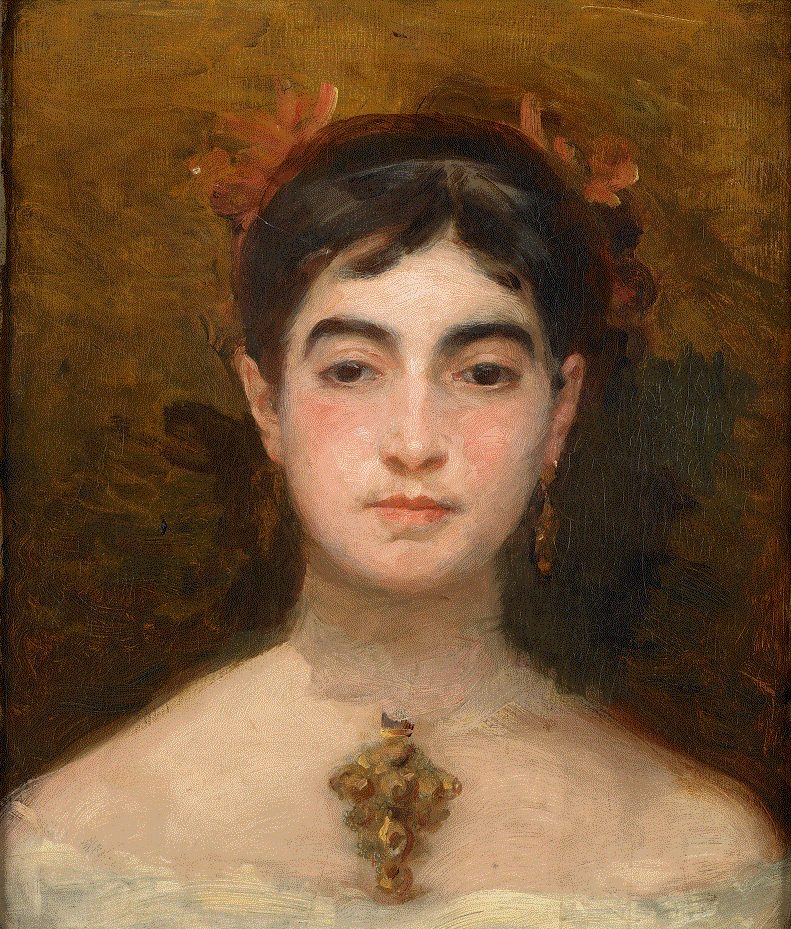
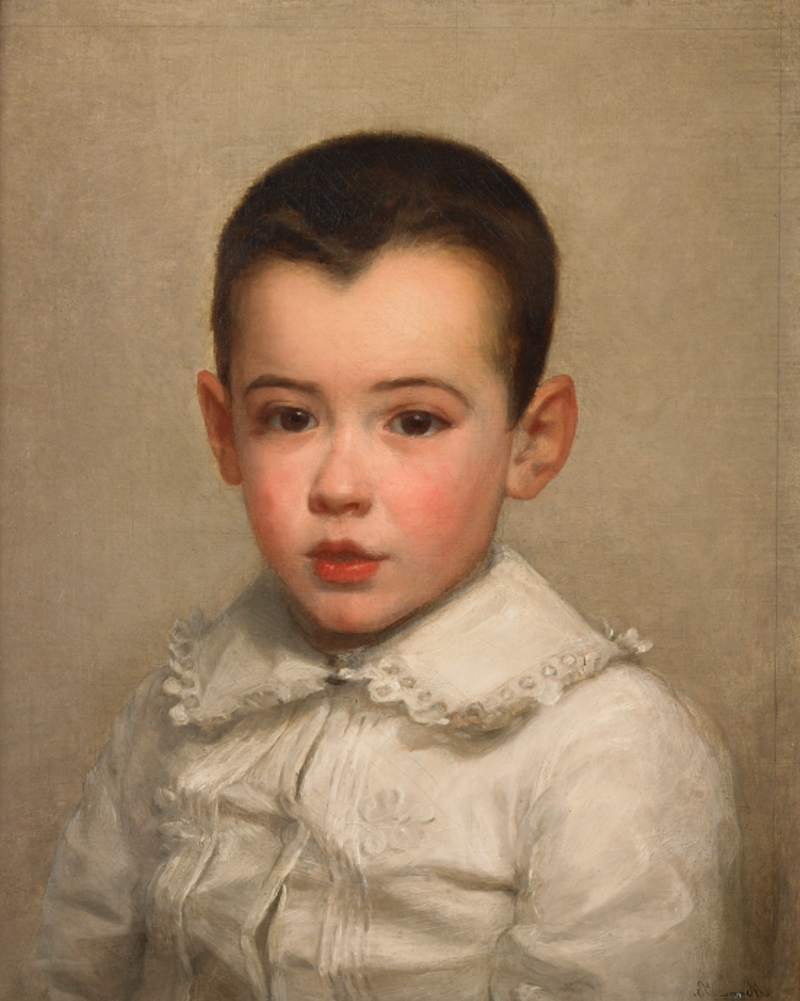
Posthumous Exhibitions and Awards
Several museums held shows featuring Bracquemond’s work in the years following her death. In 1919, the Musée du Petit Palais in Paris displayed some of her paintings. This helped bring attention to her talent.
The book “La Vie de Félix et Marie Bracquemond” by Henri Focillon, published in 1928, shed light on her life and art. It sparked new interest in her work among art historians.
In recent decades, more exhibitions have focused on Bracquemond. Her paintings have been shown alongside other women Impressionists like Berthe Morisot and Mary Cassatt.
Influence on Modern Art
Bracquemond’s bold use of color and light influenced later artists. Her outdoor scenes and portraits showed a fresh approach to Impressionism.
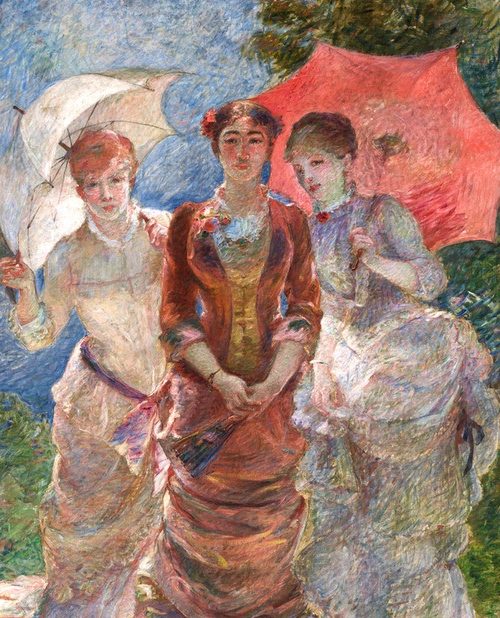

Her paintings of women, like “Three Women with Umbrellas,” inspired other female artists. They saw how she portrayed women’s daily lives with dignity.
Bracquemond’s work with ceramics at the Haviland studio was groundbreaking. Her designs for plates and tiles brought Impressionist ideas to decorative arts.
Art historians now recognize Bracquemond as a key figure in the Impressionist movement. Her unique style bridged Academic realism and the new Impressionist techniques.
Frequently Asked Questions
Marie Bracquemond was an important female Impressionist painter. Her work and life shaped her artistic career in unique ways.
What are some notable techniques used by Marie Bracquemond in her paintings?
Bracquemond used bright colors and loose brushstrokes typical of Impressionism. She painted outdoors to capture natural light effects.
Her work featured scenes of everyday life and landscapes. She often depicted women in domestic settings or gardens.
Which painting is considered Marie Bracquemond’s first major work?
“The Woman in White” from 1880 is viewed as Bracquemond’s first major painting. This portrait shows a woman in a white dress standing in a garden.
The painting displays Bracquemond’s skill with light and color. It helped establish her as a talented Impressionist artist.
Can you explain the influence of Édouard Manet on Marie Bracquemond’s art?
Manet influenced Bracquemond’s use of bold colors and loose brushwork. She admired his modern subject matter and painting style.
Bracquemond adopted some of Manet’s techniques in her own work. This included using black outlines and flat areas of color.
What is Marie Bracquemond’s most recognized contribution to the Impressionist movement?
Bracquemond is known as one of the key female Impressionist painters. She helped prove women could succeed in the male-dominated art world.
Her outdoor scenes and portraits added a female perspective to Impressionism. She focused on depicting the daily lives of women.
Was Marie Bracquemond also involved in creating pottery, and what are the characteristics of her ceramics?
Yes, Bracquemond designed pottery and ceramics. She created decorative plates and vases.
Her ceramics featured nature motifs like flowers and birds. She used bright colors and fluid designs inspired by Japanese art.
How did Marie Bracquemond’s personal life and marriage influence her artistic career?
Bracquemond’s marriage to artist Félix Bracquemond exposed her to other Impressionists. This helped her develop her style.
Her husband discouraged her painting later in life. This led Bracquemond to focus more on pottery. Eventually, she stopped creating art.

